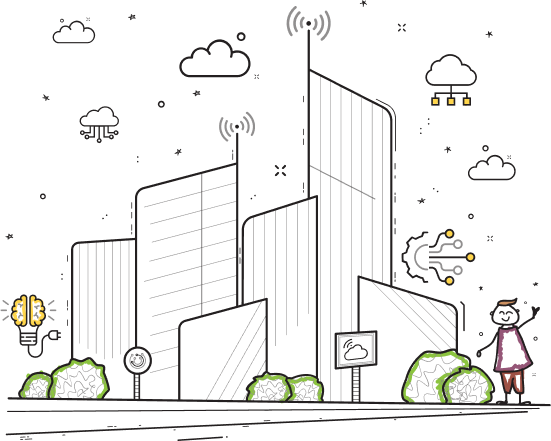Digital transformation
Smart Office – the science behind workplace optimisation and employee’s mobility
Especially after the COVID-19 pandemic, digital transformation of workspaces will be accelerated as they enable a hybrid work model: from office and from home, based on activity and most important, agile.
Sensors, software, programming and everything that smart office is incorporating is leading to a changing space, more intuitive and needs based. So that workers can concentrate on goals and objectives not on desk and meeting occupancy. Something like the smartphone generated in the past as user experience.
In terms of business, smart office technology provides data (from occupancy rate, to employee satisfaction and wellbeing) necessary for leadership decisions. This allows organizations to make continuous refinements to workplace environments and data based decisions on their real estate strategy.
